Picture books have been around for centuries, and their importance in a child's development cannot be overstated. Picture books are a great way to introduce a child to the world of reading, and can help to foster a lifelong love of literature. In this blog post, we'll also provide you with tips and tricks for designing and printing a picture book. So, let's get started!
What's children's picture book
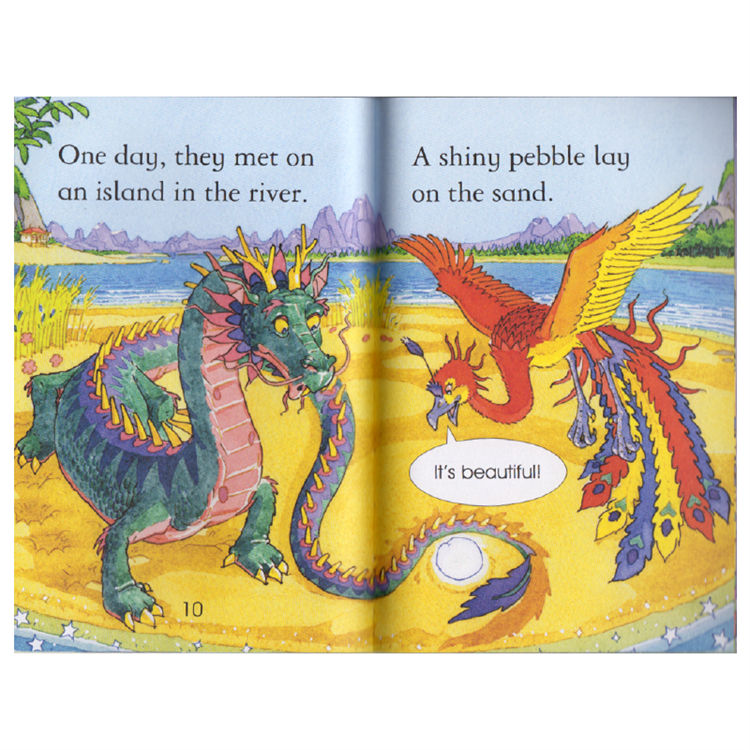
Children's picture books are an important part of any child's development. They provide a fun and interactive way for children to develop their language, literacy, and creativity skills. Picture books also help to shape young readers' understanding of the world around them by introducing them to various topics in an engaging way.
A children's picture book is traditionally defined as being a book with illustrations that depict the story or theme of the book. These images are often done in bright colors. And can range from simple line drawings to more complex artwork featuring many characters or settings. The text within these books often be shorter than in normal novels, making them easier for younger readers to comprehend. While some picture books do feature full-page illustrations. Many will intermix text and images throughout the entire book.
The design of a children's picture book should be both aesthetically pleasing and age-appropriate for its intended audience. A picture book includes choosing fonts, colors, and images. That will draw young readers in while still providing enough complexity. So that they can follow along with the story or message being conveyed. It is also essential that the printing process adheres to safety regulations as well as industry standards. To make sure that all printed materials meet quality expectations.
The printing process itself is just as important as the design when producing a successful children's picture book. By working with experienced printers who understand what works best for this type of material. Authors can guarantee that their work looks beautiful on paper while staying within budget constraints. Besides, many printers offer special services. Such as, varnishing or embossing, which can enhance certain elements of a particular design or add texture when necessary.
Why design and print picture book for children?
Designing and printing a picture book for children is an important process. That can have lasting effects on the way a child views the world. In recent years, developing digital design technology has made it easier than ever to create high-quality picture books that can engage young readers in new ways. From traditional paper-based publications to interactive ebooks. There are many options for creating unique, captivating books for kids.
When designing a picture book for children, it's important to consider how the visuals will capture their attention. And how each page will flow from one to the next. A good designer should be able to use colors and shapes to create interest and tell a story in an eye-catching manner. Also, illustrators should make sure that characters are drawn in a way that reflects positive values such as kindness, cooperation and respect.
By selecting high-quality materials for printing, authors can also add an extra touch of sophistication to their books. The right paper stock or binding techniques can make all the difference when producing long-lasting copies of picture books. So that children will love reading time and time again. Likewise, choosing a reliable children's book printer is essential. Not only should they be able to produce quality work, but they should also be cost effective too!
The elements of children's picture book design
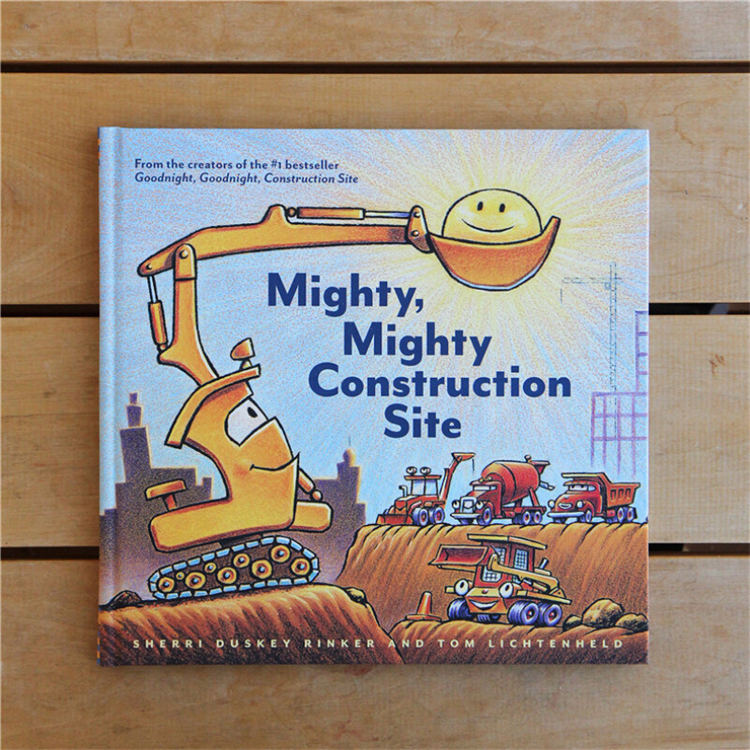
When designing a children’s picture book, there are many elements to consider. One of the most important aspects is the overall look and feel of the book. It includes selecting a color palette that is appropriate for the intended audience; creating eye-catching illustrations or photographs; and choosing a typeface that is easy to read. Additionally, it can be helpful to include visual cues. Such as symbols or patterns throughout the book that can help guide readers through the story.
The layout of text and images should also be given careful consideration when designing a picture book. It’s important to make sure that readers can easily follow along with stories and understand what they are reading. As well as see how different elements of the design complement each other. A good layout will also make it easier for young readers to identify words and characters. Throughout the book, without becoming overwhelmed by too much text or visuals on one page.
Designers should also keep in mind how their work will translate when printed. Different materials, such as paper stock, lamination, varnish, and inks, all affect how a printed copy of a picture book looks and feels. It’s important to choose materials that are durable enough to withstand repeated use from young readers. While still being cost effective for printing many copies of books. With careful selection of materials during production. Authors can create beautiful physical copies of their books that children can enjoy for years to come.
The elements of children's picture book printing
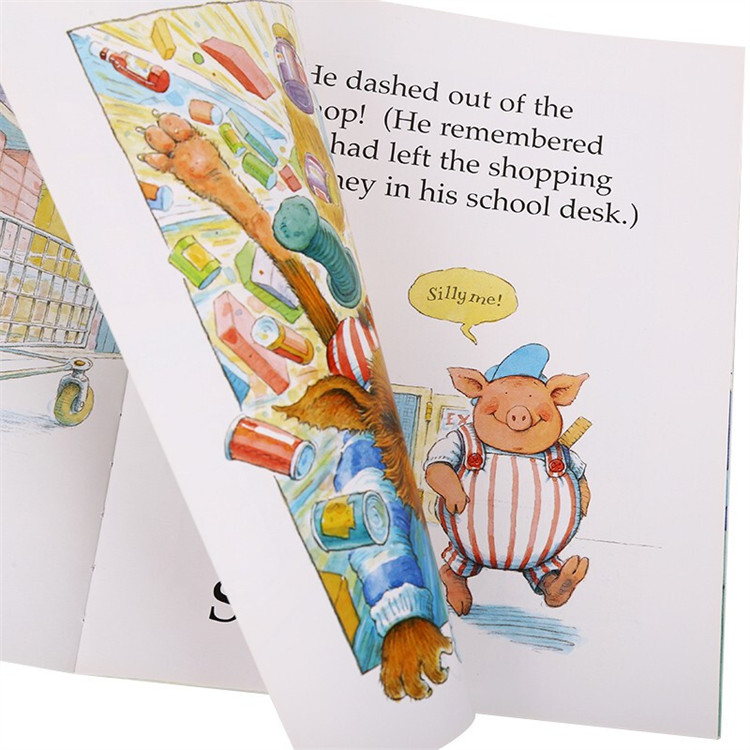
When printing a children’s picture book, there are several elements that must be considered. For starters, it is important to choose the right children's book printers for the job. The children's book printer should have a proven track record of producing quality work and be able to provide cost-effective solutions. Additionally, they should understand the unique needs of children's books. Also need to have experience in working with authors to create beautiful finished products.
Secondly, the materials used for printing must also be carefully considered. Picture books need high-quality paper stock that is both durable and attractive. It is also important to use inks and coatings that will provide long-lasting color and clarity. Also, lamination can help protect books from wear and tear over time. As well as add an extra layer of protection against spills or tears.
Finally, when printing children’s picture books, it needs to pay close attention to detail. That means checking every page for accuracy before sending off the file for printing. And making sure that all the images are properly aligned on each page. Additionally, it is important to make sure that images are of a high enough resolution. So they look sharp in print and any text or graphics remain crisp when scaled up or down.
By taking these elements into account during the design and printing process. Authors can create something special that children will remember fondly - a beautiful picture book that stands out from the crowd!
How to design and layout a picture book in printing
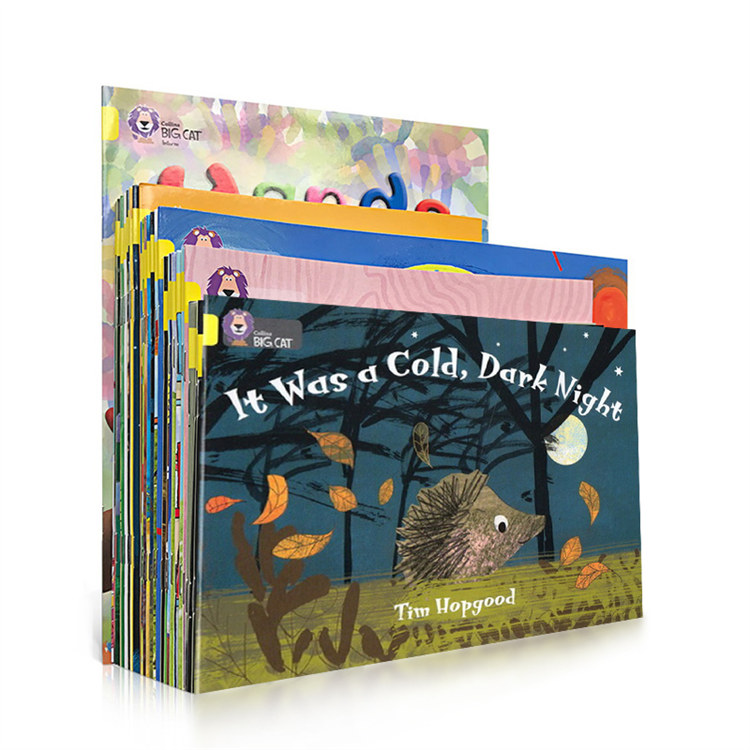
Designing and laying out a picture book for printing requires careful consideration of many elements. The layout should be designed to hold the attention of young readers. While still being easy enough to follow along with the story. Color palettes should be chosen carefully and thoughtfully. As vibrant colors can create energy and excitement. While softer hues can invoke an atmosphere of calmness or mystery. Illustrations, photographs and other visuals should also be used to draw in readers and enhance the story.
Fonts are also important when designing a children’s picture book. Generally, simpler fonts are recommended, as they are easier to read for younger audiences. Though this does not mean that more decorative fonts cannot work well in certain contexts. When used appropriately, typography can add character to a page and help bring the text alive for young readers.
Using white space is important in creating a pleasant reading experience for children. As it allows their eyes to rest between words and images without feeling overwhelmed by text or visuals. Additionally, margins should be considered when designing a book. Margins that are too small can make it difficult for readers to turn the pages without damaging them. Lastly, it needs to make sure that all images have a high enough resolution so that they look sharp in print.
Board book vs picture book: what's the difference
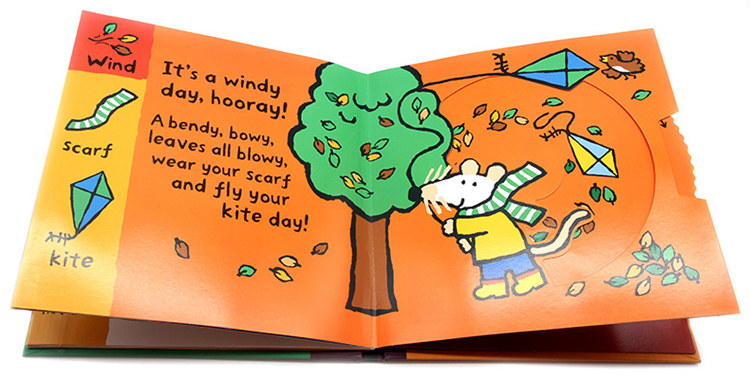
When designing and printing children's picture books. There is a distinct difference between board books and traditional picture books. Board books are designed for younger readers, usually ages 0-3. While traditional picture books are intended for older children, usually ages 4-8.
Board books are typically shorter than traditional picture books and feature fewer illustrations or even no illustrations at all. They may also contain simplified text that uses fewer words and more basic vocabulary. The pages of board book printing often select thick cardboard rather than paper stock. And board books are often laminated to make sure of their durability.
In contrast, traditional picture books feature longer stories with detailed illustrations or photographs. The text is often more complex, with longer sentences and a wider vocabulary range than board books. Traditional picture books can also be larger in size, with larger pages that need heavier paper stock for printing.
Both types of children's books have their advantages when engaging young readers. Board books can help build reading skills while providing tactile stimulation through their thick pages and bright colors. Whereas traditional picture books can provide the opportunity to explore a variety of topics through vivid imagery and complex storytelling techniques. By considering the different between board book design and traditional picture book design. Authors can create beautiful works of art that will be enjoyed by readers of all ages for years to come.
In summary, designing and printing a picture book for children is an exciting yet challenging prospect. One which requires careful consideration of visuals, text layout, and materials used to create something truly special that children will remember fondly. By taking these elements into account during the design and printing process. Authors can make sure their work stands out from competitors' offerings, while providing young readers with engaging stories they'll treasure forever!

